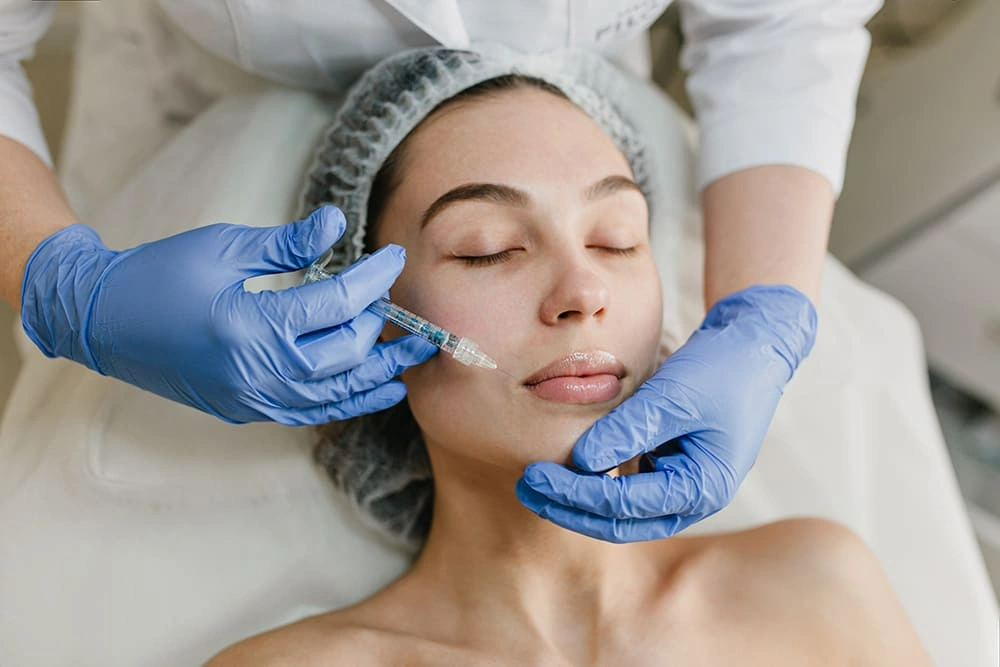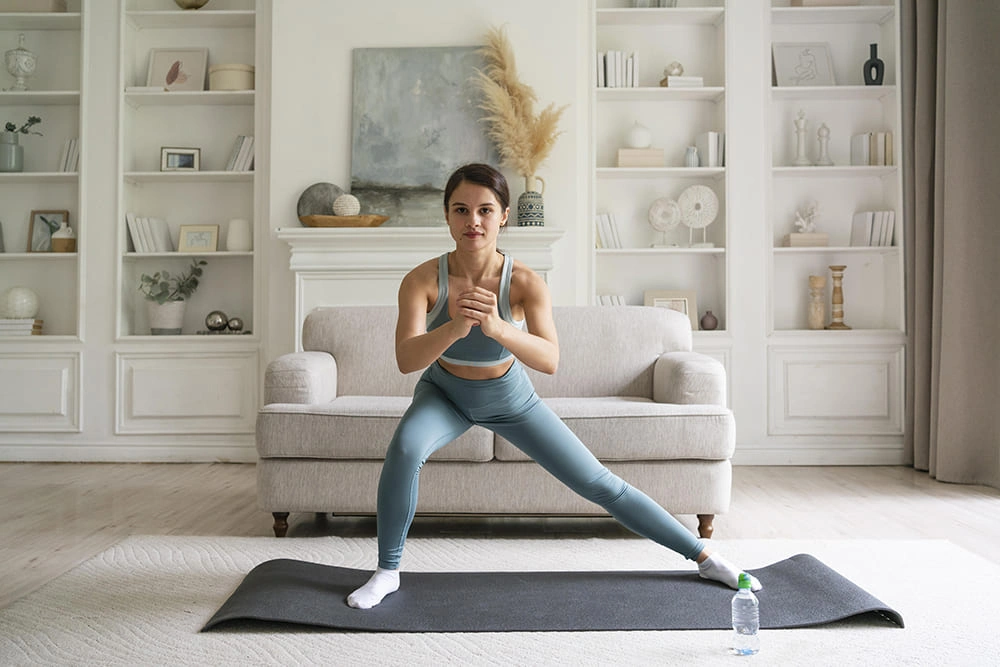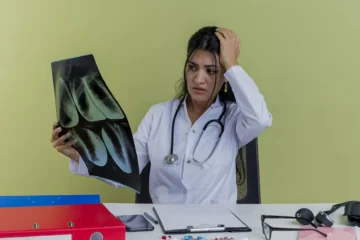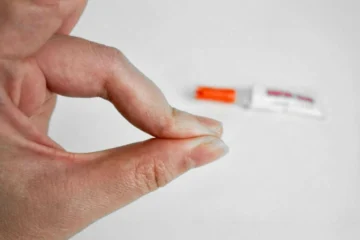If Botox has recently become a part of your beauty and wellness routine, you may be curious about its relation to fitness goals. Common questions include “Can you Exercise after Botox?” or “How long after Botox can you work out?” With proper insight, it is possible to uphold both the aesthetic results and fitness goals, even if there is no clear yes or no answer.
This guide goes into detail about the interaction between Botox and exercise, focusing on the steps required after getting Botox to ensure active recuperation while being physically involved.
Understanding Botox Treatment
Before focusing on exercise limitations, familiarize yourself with how the procedure is performed. Botox is a neurotoxin that relaxes the muscles responsible for causing wrinkles temporarily. It is often used to treat migraine and excessive sweating alongside forehead crow’s feet and frown line smoothing.

As with other cosmetic procedures, Botox takes time to settle into the muscles; this has to be ensured without physical disruption. If there is disruption, uneven results, loss of effectiveness, or the movement of toxins to undesirable areas, it can occur, which is contraindicative to most fitness and activity goals.
Why Exercise After Botox Requires Special Care
Exercise is great for your health, but it puts strain on your body. High-intensity activities boost blood flow, raise your heart rate, and involve repetitive motion, which can impact how Botox settles.
Here is why exercising after receiving Botox treatment should be approached with caution:
- Circulation and Botox migration
Physical activity promotes circulation and increases blood flow, which is likely to spread Botox to places where it wasn’t initially targeted, leading to negative side effects such as droopy eyelids (ptosis) or uneven results.
- Sweat and Contamination
Petrel for injectable Botox Australia boosts confidence when socializing with friends at work or university, but sweating during workouts poses a threat of bringing bacteria close to the injection sites, which can eventually result in infection. It is advisable to remain calm and sweat-resistant after treatment.
- Pressure on treated areas
Botox filler lifts provide gentle stretches that feel great throughout the day, but certain movements, such as yoga or weightlifting, can place pressure on your mouth or head, which can also disrupt the placement of Botox.
When Can You Safely Work Out After Botox?
After Botox, exercise should be avoided for at least 24 hours, although some patients may need longer depending on their treatment and overall activity level. The following is a general recommendation:
- Low impact activities
Walking or gentle stretches can be done after the 24-hour mark, as long as there isn’t any bending and straining. A considerable degree of mobility should be present without any post-op discomfort.
- Moderate to high-intensity workouts
Cardio exercises, weightlifting, and other activities which induce sweating and elevated heart rates should be postponed for a minimum of 48 hours. Several providers suggest up to 72 hours.
- Yogic and other inversions
Headstands and downward dogs are considered inverted poses. These should be avoided for 48-72 hours to avoid mobilizing the Botox settling within the muscle.
- Contact sports or any high-risk activity.
High-impact sports should be minimized for up to 7 days post-treatment to avoid trauma to treated areas.
Always check with your provider for advice specific to your treatment plan.
Tips for Post-Botox Care Before Getting Back to the Gym
thing back to a workout may be on your mind, but it is first important to guard the results of Botox while remaining physically active; here are some tips:
- Facial Rest
Touching, rubbing, or applying any kind of pressure onto the treated area should be avoided for at least 24 hours. Also, make sure that you do not put pressure on your forehead using the Sports Sweat Band as it can make it easier for light physical activity, which is great for post-Botox.
- Keep away from heat
Hot yoga, sauna, or any workouts that increase blood circulation should be avoided for a couple of days.
- Hydration is key
You should support recovery by eating healthy and drinking plenty of water.
- Mind your calendar
Book your mid-high intensity workouts for around the time you plan to get a Botox session; that way, the body gets the much-needed rest.
- Listen to your body
It is important to check with healthcare professionals if feeling discomfort paired with swelling arises.
Signs You Should Stop or Avoid Exercise After Botox
Botox side effects aren’t very common, but keep an eye out for the following symptoms and reach out to your doctor if necessary:
- Sunken, unequal eyes
- Swelling at the location of treatment
- Heat, redness or irritation on the surface of the skin in the area treated
- Severe headaches or dizziness post-workout
Stay Active and Look Your Best With These Tips
Staying fit is essential, but so is preserving your Botox results. As long as you follow the guides and avoid exercising during the wait time recommended after Botox, you can rest assured you’ll look great and feel with self-esteem.
Contact your practitioner if you are thinking about getting Botox or if you have questions related to aftercare. You’ll see how easy it is to marry beauty and health when you make both a priority.
Would you like to know about more health tips? Take a look at our Latest blogs
Frequently Asked Questions
Can I work out on the same day as my Botox appointment?
Right after your Botox treatment, it is recommended that you avoid physical exercise. This helps settle the injections and minimizes the possibility of complications.
What kind of exercise is safe after Botox?
Light activities such as walking or gentle stretching can usually be done 24 hours later. Make sure your face isn't manipulated or pressed upon.
Can I work out before my Botox appointment?
It is perfectly fine to work out before attending the appointment. Just ensure that your skin is clean and devoid of sweat before your appointment.
Why does Botox require downtime from workouts?
Physical exercise increases blood circulation. Increased blood circulation may result in the movement of Botox from its original injection site, resulting in side effects or a lack of its intended efficacy.






